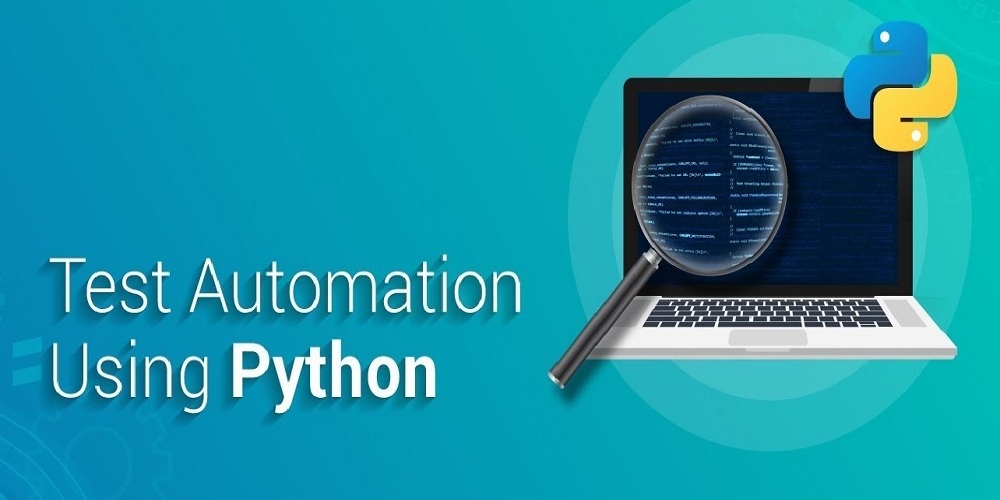
We began going along the road of Agile Testing in the field of Agile Development a long time ago. We've improved the research methods including capabilities to meet customer expectations if we've encountered roadblocks.
Humans investigated Python for Software Testing as part of this trip, and we're pleased with our results. So, do you want to create applications with less lines of code and much fewer time spent on coding? Are you searching for a broad-sense scripting language to use for creating blogs, mobile apps, and desktop Java programs? If you answered yes then Python is an excellent alternative for you.
The Python software development services emphasize code readability, enabling programmers to express following the recommendations in fewer lines of code. It also guarantees shorter production times, unrivaled classes helped, and seamless product development, eventually establishing it as a viable option to other conventional application development frameworks.
The Usefulness of Automated Analysis
The most prevalent theme in contemporary app distribution is a shift away from releasing large updates infrequently and toward releasing small products more frequently. Narrowing production timelines, on the other hand, places strain on all to perform more quickly in order to reach sprint targets. Value, of course, cannot be compromised.
As a consequence, a strong emphasis has been placed on computerization and automation systems, especially those that can assist in the validation of application functionality in shorter time periods. This is where automatic analysis is useful. Automated programming is a software testing methodology wherein scripts are written to verify an application's capabilities over and over again.
While not all activities contribute themselves to programming, the more capabilities, and functions you can protect with computer algorithms, the better your chances of meeting your milestones. Testing is, without even a doubt, important for maintaining software consistency. Manual checking, automatic testing, or (more generally) a combination of both is commonly used for businesses.
Advantages of focusing on Improving Automatic Testing over Testing Tools
Eradicate Human Error
Something that is deemed competent, even machine testing is vulnerable to human error. It stands to reason that as the test case becomes more complicated, the probability of human mistakes rises. Human error is eliminated while automated testing is used. Test scripts may be executed continuously vs a code base and consistently produce correct results.
Improve Research Coverage
Manual testing takes far longer than automatic testing. As a result, teams are required to evaluate can functions and usage cases should be prioritized for the app's sustainability. Even then, there is less overhead for automatic research that ensures companies can't choose and select whatever gets evaluated. A software and/or QA team will incorporate further test cases into the test automation outsourcing suite as the product progresses, raising the number of functionalities that are completely tested for each software construct.
Detect Bugs More Effortlessly
A CI/CD system is used to run automated test scripts as part of the program development phase. When Python developers make updates to the software platform, they will run the whole automatic test suite to make sure no current functions are disabled. If a construct fails because a test case was not passed, the developer who developed the bug would obtain immediate input on the problem. The great news is that even the Python programming language always comes with powerful unit testing tools.

However, since it is used for a range of projects, as well as the development of test automation software, applying automated tests to a Python source code is seamless. Using the programming language built-in features, you will get a long way toward establishing rigorous test automation.
Python Testing Modules
There are several Python testing modules and plugins that will make the task easier. Let's look at a few examples below:
1) Selenium
Selenium is a free and open-source browser automation tool for validating web application capabilities through browsers and platforms. Selenium is a popular platform that supports a variety of popular web browsers. It is compatible with the majority of major operating systems (Windows, Mac OS, Linux, and Solaris), and it has Python bindings for the most common programming languages.
Selenium is a tool that allows developers to automate activities in a variety of web browsers by using browser-specific drivers. Developers may use Selenium's features to evaluate standard site behaviors like signing in to a web server, clicking buttons and connections, and filling out forms for these web drivers. Introducing the Selenium Python ties and downloading the drivers for the programs you need to assess your application is all that is required to begin.
2) Robotics
The robot is just another open source software development platform for Python programmers who choose to use automatic testing. The Robot platform, which is published on GitHub, is incredibly well enough and registered, giving you some peace of mind that this path will be funded for generations to follow. Recognition checking, acceptance Test-Driven Creation (TDD), behavior in the past development, and Robotic Process Automation may all be done with the Robot platform (RPA).
Associates may stay bound together and hold experiment lucidness by utilizing catchphrase-driven, information-driven, or conduct-driven experiments. It's also extremely adaptable, with a web application that you can use to create custom testing software.
3) Behave
Behave lets software teams function BDD testing having no problems. This is the same to Cucumber as well as Spec Flow. Behave even makes writing testing examples in effortlessly legible language.
Conclusion
System for automated testing in Python! Yes, you read it correctly. Python provides a platform for experimentation that can be utilized. Because the framework is Python, which is considered quite a robust language in the world, the application's glitches are numerous.
Now that you are familiar with a variety of Python implementations, deciding which one is the strongest may be a difficult challenge. Even though they are both excellent and represent particular needs, they are not interchangeable. It is possible to make a list of all the criteria and then choose the architecture that meets the most of them.



